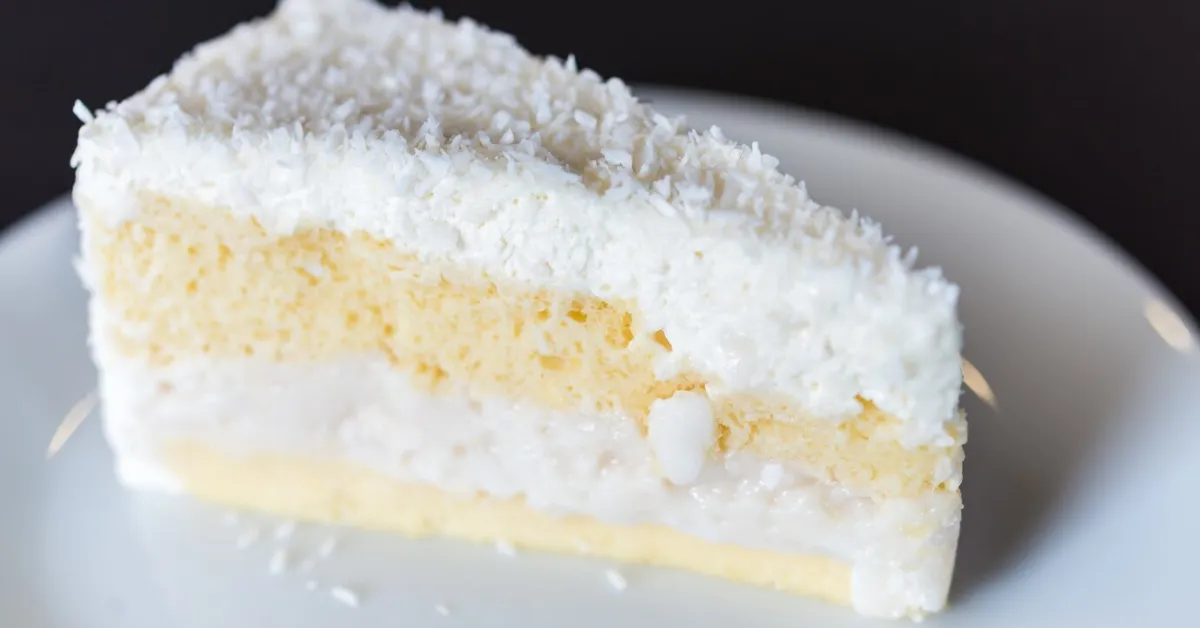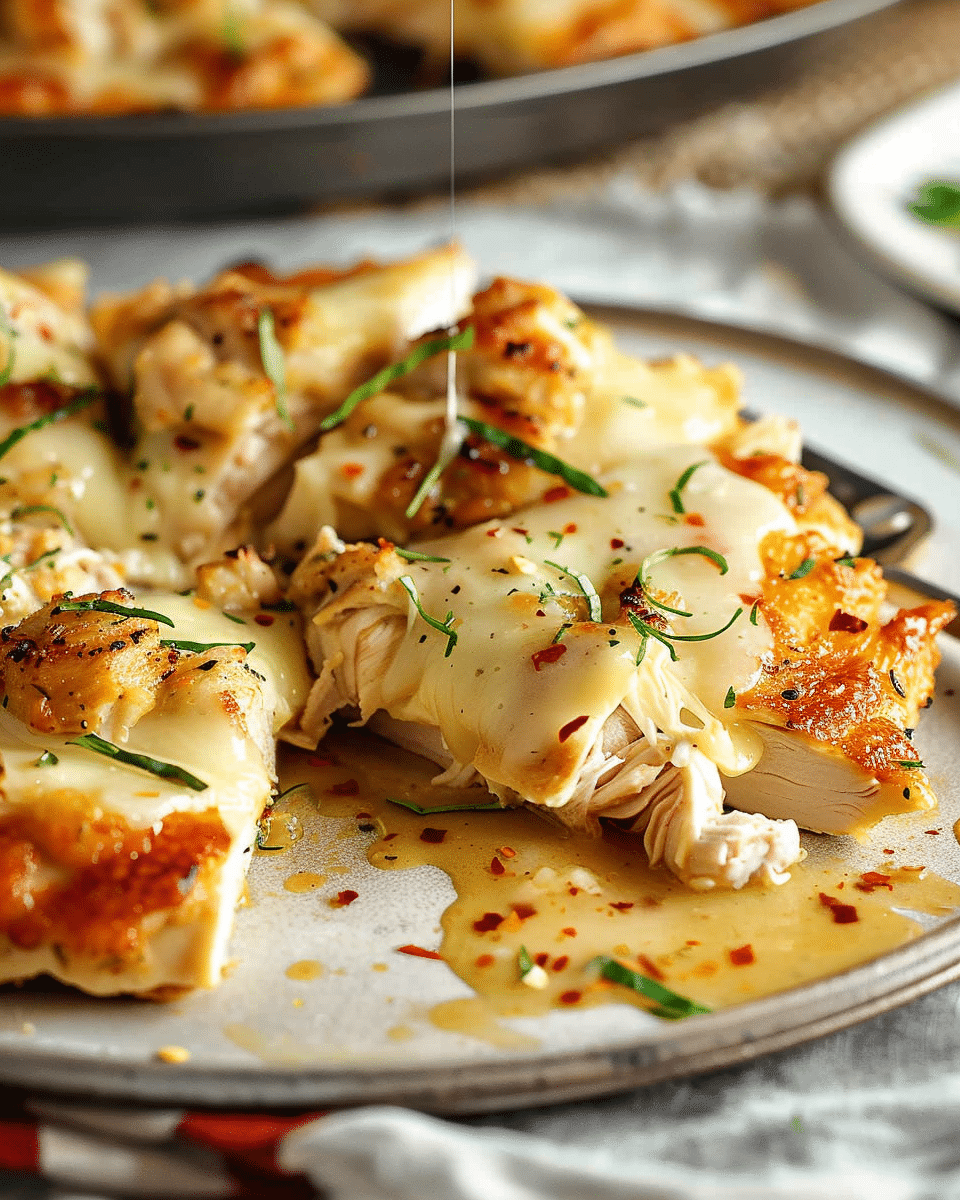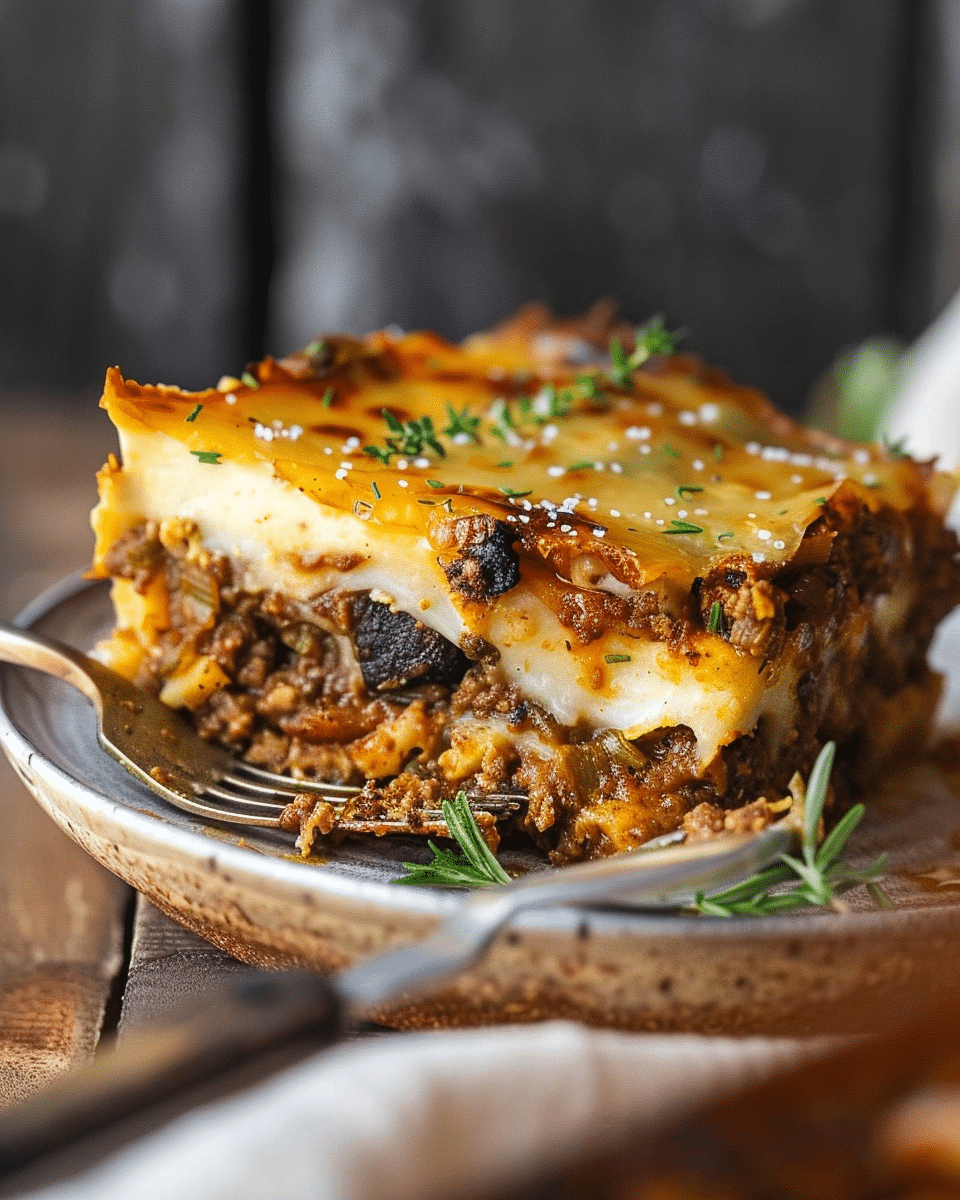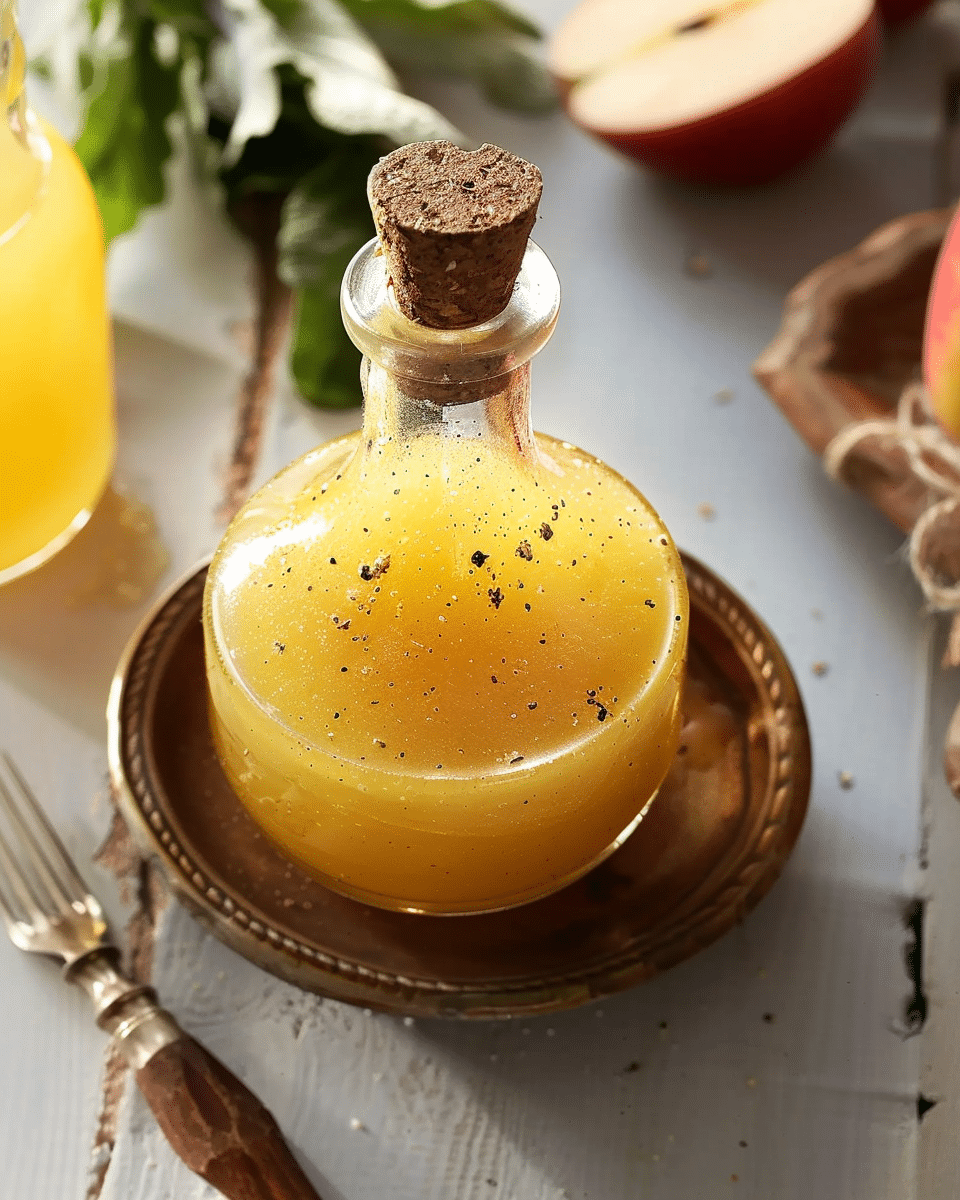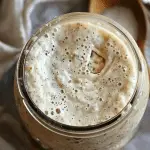Coconut cake, with its rich flavor and fluffy texture, has been a favorite dessert for many over the years. Its origins trace back to tropical regions where coconuts are abundant. Over time, this delightful dessert has made its way into the hearts and kitchens of many around the world.
Historical Background of Coconut Cake
The coconut cake’s history is as rich as its flavor. Originating from tropical regions, this cake became popular in Western countries during the 19th century. The introduction of shredded coconut to the American market in the late 1800s played a significant role in its popularity.
Why Coconut Cake is a Delightful Dessert
There’s something magical about the combination of soft cake layers and creamy coconut frosting. The sweet and nutty flavor of coconut adds a unique touch, making it a standout dessert at any gathering.
Ingredients For Coconut Cake Recipe
Before we start, it’s essential to understand the core ingredients that go into a cake. To craft the quintessential coconut cake that’s both moist and bursting with flavor, you’ll need the following ingredients:
Dry Ingredients:
- All-purpose flour: 2 cups
- The foundation of the cake, providing structure.
- Baking powder: 2 teaspoons
- Helps the cake rise and become fluffy.
- Salt: 1/2 teaspoon
- Enhances the flavors of the other ingredients.
- Shredded coconut: 1 cup (unsweetened)
- Adds the signature coconut flavor and texture to the cake.
Wet Ingredients:
- Unsalted butter: 1 cup (softened)
- Provides moisture and richness to the cake.
- Granulated sugar: 1 1/2 cups
- Sweetens the cake and helps in achieving a golden-brown crust.
- Eggs: 4 (large, at room temperature)
- Gives the cake structure and moisture.
- Vanilla extract: 1 teaspoon
- Adds a hint of vanilla flavor, complementing the coconut.
- Coconut milk: 1 cup
- Enhances the coconut flavor and adds moisture to the cake.
For the Frosting (Optional):
- Cream cheese: 8 ounces (softened)
- Provides a creamy base for the frosting.
- Unsalted butter: 1/2 cup (softened)
- Adds richness to the frosting.
- Powdered sugar: 4 cups
- Sweetens and thickens the frosting.
- Vanilla extract: 1 teaspoon
- Adds a hint of vanilla flavor to the frosting.
- Shredded coconut: 1/2 cup (for garnish)
- Used to decorate the frosted cake, enhancing its appearance and flavor.
Optional Add-ins:
- Coconut extract: A few drops can be added to intensify the coconut flavor.
- Chopped nuts: Such as walnuts or pecans, can be sprinkled on top for added crunch.
- Fresh fruits: Slices of kiwi, mango, or strawberries can be used for decoration and a refreshing taste.
With these ingredients on hand, you’re all set to bake a coconut cake that’s bound to impress and satisfy your taste buds!
Step-by-Step Coconut Cake Recipe

Creating the perfect coconut cake involves a blend of the right ingredients and precise steps. Here’s a detailed guide to help you bake a coconut cake that’s moist, fluffy, and bursting with flavor:
1. Preparing Your Baking Tools and Ingredients:
- Preheat your oven to 350°F (175°C). If you’re unsure about the duration, here’s a guide on how long to bake a cake.
- Grease and flour two 9-inch round cake pans or line them with parchment paper.
- Ensure all your ingredients, especially eggs and butter, are at room temperature.
2. Mixing the Dry Ingredients:
- In a large mixing bowl, sift together:
- 2 cups all-purpose flour
- 2 teaspoons baking powder
- 1/2 teaspoon salt
- Stir in 1 cup of unsweetened shredded coconut.
- Set the bowl aside.
3. Creaming Butter and Sugar:
- In another large bowl, cream together:
- 1 cup softened unsalted butter
- 1 1/2 cups granulated sugar
- Beat the mixture until it’s light and fluffy. This should take about 3-4 minutes using an electric mixer on medium speed.
4. Adding Eggs and Vanilla:
- Beat in 4 large eggs, one at a time, ensuring each egg is fully incorporated before adding the next.
- Stir in 1 teaspoon of vanilla extract.
5. Combining Wet and Dry Mixtures:
- Gradually add the dry ingredient mixture to the wet mixture, alternating with 1 cup of coconut milk.
- Begin and end with the dry ingredients.
- Mix until just combined, ensuring not to overmix.
6. Pouring and Baking:
- Evenly divide the cake batter between the two prepared cake pans.
- Smooth the top with a spatula.
- Place the cake pans in the preheated oven and bake for 25-30 minutes, or until a toothpick inserted into the center of the cakes comes out clean.
- Once baked, remove the cakes from the oven and let them cool in the pans for about 10 minutes. Afterward, transfer them to a wire rack to cool completely.
7. Preparing the Frosting (Optional):
- In a large mixing bowl, beat together:
- 8 ounces softened cream cheese
- 1/2 cup softened unsalted butter
- Gradually add 4 cups of powdered sugar, beating until the frosting is smooth and creamy.
- Mix in 1 teaspoon of vanilla extract.
8. Frosting the Cake:
- Once the cakes are completely cooled, place one cake layer on a serving plate.
- Spread a generous amount of frosting on top.
- Place the second cake layer on top and press down gently.
- Frost the top and sides of the entire cake.
- For a decorative touch, sprinkle the top with 1/2 cup of shredded coconut or any other desired toppings.
9. Serving:
- Slice the cake using a sharp knife.
- Serve with a side of fresh fruits or a beverage of your choice.
Coconut Cake Recipe Variations
Here are some delightful variations of coconut cake recipes:
Classic Coconut Delights
- Coconut Cream Cake: This cake combines the nostalgia of coconut cream pie with the grandeur of a layer cake. It’s garnished with coconut shavings found in the natural foods section of grocery stores, which perfectly complement the Fluffy Coconut Frosting.
- Pineapple-Coconut Cupcakes: These cupcakes mix classic Southern flavor with a tropical twist. They start with a store-bought cake mix and are garnished with malted milk balls and edible paper to resemble birds’ nests.
Gourmet Coconut Creations
- Coconut-Almond Cream Cake: This tall cake is a masterpiece by Brooks Hamaker from New Orleans. It’s recommended to level the layers with a serrated knife for a perfect presentation.
- Four-Layer Coconut Cake: This cake requires coconut shavings and has a coconut filling made from just six ingredients.
- Chocolate-Coconut Pavlova Cake: A dairy and gluten-free dessert layered with crisp meringues and coconut cream. It’s essential to use canned coconut cream for the best results.
Fusion Coconut Flavors
- Coconut-Carrot Cake with Coconut Buttercream: A unique twist on the traditional carrot cake, this version is lightly spiced and coconut-sweet. It’s a sheet cake, making it perfect for feeding a crowd.
- Coconut Pound Cake: This cake is not just about coconut; it also packs two secret Southern ingredients – pecans and bourbon.
Holiday Coconut Specials
- Japanese Fruitcake with Lemon-Coconut Frosting: A holiday favorite, this spiced cake contains raisins and is paired with Lemon-Coconut frosting.
- Tropical Carrot Cake: A blend of carrot cake and the famous Hummingbird cake, this dessert might become your new tradition.
Unique Coconut Concoctions
- The Lane Cake: A layered classic topped with Peach Schnapps-infused frosting, it boasts of toasted pecans, coconut flakes, and dried peaches.
- Triple-Coconut Poke Snack Cake: Perfect for coconut lovers, this cake derives its flavor from coconut milk, sweetened condensed coconut milk, and coconut chips.
Timeless Coconut Treats
- Coconut Chiffon Cake: A classic cake covered in meringue swirls with a filling of mascarpone cheese, powdered sugar, and a grated coconut blend.
- Millionaire Pie: A pie filled with pineapple and coconut, encrusted by a graham cracker crust and garnished with crushed pecans and whipped topping.
- Classic Coconut Cake: This cake’s flavor is enhanced with coconut filling, frozen flaky coconut, coconut shavings, and whipped cream frosting with coconut extract.
- Ambrosia Cheesecake: A cheesecake that can be prepared up to four days in advance, filled with cream cheese and coconut.
- Pineapple-Coconut Cake: This cake combines a soft coconut cake with a sweet pineapple compote, topped with tangy cream cheese frosting and toasted coconut.
Tips for a Moist and Fluffy Coconut Cake
Achieving a moist and fluffy texture is the dream of every baker when it comes to cakes. If you’re keen on diving deeper, this article on understanding cakes can be your guide. For a coconut cake, this is especially crucial to highlight the rich and creamy flavor of the coconut. Here are some expert tips to ensure your coconut cake turns out perfectly every time:
1. Use Room Temperature Ingredients:
- Ingredients like eggs, butter, and coconut milk should be at room temperature before mixing. This ensures even distribution and better incorporation, leading to a fluffier cake.
2. Don’t Overmix the Batter:
- Overmixing can lead to a dense cake. Mix just until the ingredients are combined. Once you add the dry ingredients to the wet, fold gently to retain air in the batter.
3. Choose the Right Coconut:
- Opt for unsweetened shredded coconut for a natural flavor. Freshly grated coconut can also be used for an authentic taste, but ensure it’s free from excess moisture.
4. Coconut Milk is Key:
- Using coconut milk instead of regular milk enhances the coconut flavor and adds to the cake’s moisture.
5. Monitor Your Baking Time:
- Overbaking can dry out the cake. It’s essential to start checking a few minutes before the recommended baking time. A toothpick inserted into the center should come out clean or with a few crumbs.
6. Use a Simple Syrup:
- Brushing your baked cake layers with a simple syrup (a mixture of equal parts sugar and water, boiled until the sugar dissolves) can add moisture. This is especially helpful if you feel your cake is slightly dry.
7. Proper Oven Temperature:
- Always preheat your oven. An oven thermometer can help ensure accurate temperature, leading to even baking. Uneven oven temperatures can cause cakes to bake unevenly or become dry.
8. Avoid Overcrowding the Oven:
- If you’re baking multiple layers or batches, ensure there’s enough space between the pans for proper air circulation.
9. Cool the Cake Properly:
- Allow the cake to cool in the pan for about 10 minutes before transferring to a wire rack. This prevents the cake from continuing to cook from the pan’s residual heat.
10. Frosting Helps:
- Even if your cake turns out slightly drier than expected, a good layer of frosting can compensate by adding moisture and flavor. Cream cheese or buttercream frosting pairs wonderfully with coconut cake.
11. Store Correctly:
- If you’re not serving the cake immediately, store it in an airtight container to retain its moisture. If it’s frosted, consider refrigerating it and then allowing it to come to room temperature before serving.
By following these tips, you’re well on your way to baking a coconut cake that’s not only moist and fluffy but also packed with the rich flavor of coconut. Happy baking!
Pairing Suggestions for Coconut Cake
Coconut cake is a delightful dessert that pairs well with a variety of flavors. Here are some pairing suggestions based on the content retrieved:
Pairing Suggestions for Coconut Cake:
- White Chocolate: A Coconut-White Chocolate Cheesecake can be a delightful combination where the sweetness of white chocolate complements the tropical flavor of coconut.
- Pineapple and Rum: A Pina Colada Tube Cake which includes coconut, pineapple, and rum can be a refreshing choice. The tanginess of pineapple and the richness of rum can enhance the coconut’s flavor.
- Italian Cream: Coconut Italian Cream Cake is another delicious option. The creamy texture of the Italian cream can add a rich and smooth consistency to the coconut cake.
- Chocolate: Combining coconut with chocolate, as in a Chocolate-Glazed Coconut Almond Cheesecake or a Chocolate & Coconut Cream Torte, can be a heavenly match. The bitterness of chocolate can balance out the sweetness of coconut.
- Lime: Lime Coconut Cheesecake or Lime Angel Food Cake can be a zesty pairing. The citrusy flavor of lime can add a refreshing twist to the coconut cake.
- Berry Compote: A tangy berry compote can be a perfect addition to give the coconut cake a light filling that pairs perfectly with the subtle coconut notes.
Thought-Provoking Insights:
- Versatility of Coconut: Coconut is a versatile ingredient that can be paired with a wide range of flavors, from tangy fruits like lime and pineapple to rich ingredients like chocolate and cream.
- Texture Matters: The texture of the pairing ingredients can play a significant role in enhancing the overall experience. For instance, the creaminess of Italian cream or the crunchiness of almonds can add a contrasting texture to the soft coconut cake.
- Balance of Flavors: While pairing, it’s essential to ensure that one flavor doesn’t overpower the other. The aim should be to achieve a harmonious blend where each flavor complements the other.
Storing and Serving Coconut Cake
A perfectly baked coconut cake is a treat, and ensuring it remains fresh and delicious is crucial. Here’s a comprehensive guide on how to store and serve your coconut cake to maximize its flavor and texture:
Storing Coconut Cake:
1. Room Temperature:
- If you plan to consume the cake within 1-2 days, you can store it at room temperature.
- Keep the cake in a cake dome or an airtight container to prevent it from drying out.
2. Refrigeration:
- If your coconut cake has a cream-based frosting or filling, or if you want to extend its freshness, it’s best to refrigerate it.
- Place the cake in an airtight container or cover it with plastic wrap to retain its moisture.
- The cake can be stored in the refrigerator for up to 5-7 days.
3. Freezing:
- Coconut cake freezes exceptionally well, making it perfect for longer storage or preparing in advance.
- To freeze, wrap individual slices or the entire cake in plastic wrap, followed by a layer of aluminum foil. This double wrapping prevents freezer burn.
- Store in the freezer for up to 3 months.
- When you’re ready to eat, thaw the cake in the refrigerator overnight or at room temperature for several hours.
Serving Coconut Cake:
1. Bring to Room Temperature:
- If the cake has been refrigerated or frozen, allow it to come to room temperature before serving. This ensures the best flavor and texture.
2. Use a Sharp Knife:
- When cutting the cake, use a sharp knife to get clean slices. If the cake has a thick layer of frosting, consider dipping the knife in hot water to make slicing easier.
3. Pairing Suggestions:
- Beverages: Serve the coconut cake with beverages that complement its rich flavor. A cup of tea, coffee, or even a glass of cold milk pairs wonderfully.
- Fruits: Fresh fruits like berries, mango slices, or kiwi can be served on the side for a refreshing contrast.
- Ice Cream: A scoop of vanilla or coconut ice cream can elevate the dessert experience.
4. Garnishing:
- Consider garnishing the cake with toasted coconut flakes, fresh fruit slices, or even a sprinkle of powdered sugar for an added touch of elegance.
5. Serving for Special Occasions:
- If you’re serving the coconut cake for a special occasion, consider using decorative cake stands or plates. Garnish with edible flowers or fresh mint leaves for a festive touch.
By storing and serving your coconut cake properly, you ensure that every bite is as delightful as the first, capturing the essence of this beloved dessert. Enjoy!
Nutritional Benefits of Coconut
Coconut, often referred to as the “fruit of life,” is not only a delicious ingredient but also a powerhouse of nutrition. Whether consumed as fresh meat, dried flakes, coconut milk, or oil, coconut offers a myriad of health benefits. Here’s a deep dive into the nutritional advantages of incorporating coconut into your diet:
1. Rich in Healthy Fats:
- Coconut is a significant source of medium-chain triglycerides (MCTs), a type of fat that the body metabolizes differently than longer-chain fats. MCTs are sent directly to the liver, where they can be used as an instant energy source or turned into ketones, beneficial compounds for the brain.
2. Supports Heart Health:
- Despite being high in saturated fat, coconut may benefit heart health. Some studies suggest that coconut’s MCTs can increase levels of “good” HDL cholesterol, which can promote heart health.
3. Packed with Fiber:
- Coconut meat is rich in dietary fiber, which aids digestion and promotes a feeling of fullness. A high fiber intake can also help stabilize blood sugar levels and support gut health.
4. Contains Essential Vitamins and Minerals:
- Coconut is a good source of several vitamins and minerals, including:
- Manganese: Essential for bone health and the metabolism of carbohydrates, proteins, and cholesterol.
- Copper and Iron: Help form red blood cells.
- Selenium: An antioxidant that protects cells from damage.
- Folate: Important for cellular function and tissue growth.
5. Antioxidant Properties:
- Coconuts are rich in antioxidants, which can neutralize harmful free radicals in the body. This includes phenolic compounds, which can protect cells from oxidative damage and reduce inflammation.
6. Supports Immune Function:
- Coconut contains lauric acid, which, when digested, forms a compound called monolaurin. Both lauric acid and monolaurin can kill harmful pathogens like bacteria, viruses, and fungi, potentially boosting immunity.
7. Promotes Hydration:
- Coconut water, the clear fluid found inside the coconut, is a natural electrolyte-rich drink. It’s high in potassium, magnesium, and calcium, making it a perfect beverage for rehydration, especially after physical activity.
8. Beneficial for Skin and Hair:
- Coconut oil is often used in skincare and haircare products. Its moisturizing properties can improve skin hydration, reduce dryness, and promote healthy hair.
9. Supports Weight Management:
- The MCTs in coconut can increase the number of calories your body burns compared to longer-chain fatty acids. Additionally, the fiber in coconut meat can promote feelings of fullness, potentially leading to reduced calorie intake.
10. May Improve Brain Function:
- The ketones produced from MCTs can provide an alternative energy source for the brain, which may benefit brain function and potentially aid in conditions like Alzheimer’s disease.
In conclusion, coconut is not only a versatile and tasty ingredient but also a nutritionally dense food. Incorporating coconut into your diet can offer a range of health benefits, making it a worthy addition to diverse cuisines and dishes.
Common Mistakes and How to Avoid Them
When it comes to cooking and baking, even seasoned chefs can sometimes make errors. Recognizing common mistakes and knowing how to prevent them can significantly improve the outcome of your culinary endeavors. Here’s a list of frequent missteps and tips on how to sidestep them:
1. Not Reading the Recipe Thoroughly:
- Mistake: Jumping straight into cooking without fully understanding the recipe.
- Solution: Always read the recipe from start to finish before beginning. This ensures you have all the ingredients and understand the steps involved.
2. Overcrowding the Pan:
- Mistake: Adding too many ingredients to a pan, causing uneven cooking.
- Solution: Cook in batches. This allows each ingredient to cook evenly and achieve the desired texture.
3. Overmixing Batter:
- Mistake: Mixing cake or pancake batter excessively, leading to a dense or chewy texture.
- Solution: Mix just until the ingredients are combined. Overmixing can overwork the gluten, affecting the texture.
4. Not Tasting as You Go:
- Mistake: Serving a dish without tasting it during the cooking process.
- Solution: Regularly taste your dish and adjust seasonings as needed. This ensures the final product is flavorful.
5. Using Dull Knives:
- Mistake: Struggling with cutting ingredients due to a dull knife, leading to uneven cuts and potential injuries.
- Solution: Regularly sharpen your knives. A sharp knife offers better precision and is safer to use.
6. Not Resting Meat After Cooking:
- Mistake: Cutting meat immediately after cooking, causing juices to run out.
- Solution: Allow meat to rest for a few minutes after cooking. This lets the juices redistribute, resulting in a juicier cut.
7. Ignoring the Importance of Preheating:
- Mistake: Placing food in the oven or pan before it reaches the desired temperature.
- Solution: Always preheat the oven or pan. Cooking at the correct temperature ensures even cooking and the desired texture.
8. Relying Solely on Cooking Times:
- Mistake: Taking a dish out of the oven based only on the suggested cooking time without checking for doneness.
- Solution: Use cooking times as a guideline. Always check for signs of doneness, like a golden-brown crust or a clear juice when piercing meat.
9. Not Seasoning Water for Pasta:
- Mistake: Cooking pasta in plain water, leading to bland pasta.
- Solution: Always salt the water before adding pasta. This infuses the pasta with flavor from the inside out.
10. Using Cold Eggs in Baking:
- Mistake: Using eggs straight from the fridge, which can affect the texture of baked goods.
- Solution: Bring eggs to room temperature before using them in recipes, especially for baking.
11. Storing Tomatoes in the Fridge:
- Mistake: Keeping tomatoes in the refrigerator, which affects their texture and flavor.
- Solution: Store tomatoes at room temperature. Cold temperatures can make tomatoes mealy.
By being aware of these common mistakes and implementing the suggested solutions, you can elevate your cooking and baking skills, ensuring delicious results every time.
FAQs
What is a substitute for cake flour?
Cake flour is known for its fine texture and low protein content, which results in soft and tender baked goods. If you don’t have cake flour on hand, you can easily make a substitute at home. For every cup of cake flour required, take one cup of all-purpose flour, remove two tablespoons from it, and then add two tablespoons of cornstarch. Sift the mixture several times to ensure it’s well combined and aerated. This mixture mimics the fine texture of cake flour and can be used in most recipes as a direct replacement.
Why is my cake dry?
A dry cake can be the result of several factors:
- Overbaking: Leaving the cake in the oven for too long can cause it to lose moisture. Always start checking for doneness a few minutes before the recommended baking time.
- Incorrect Measurements: Too much flour or not enough fat or liquid can result in a dry cake. Always measure ingredients accurately.
- Oven Temperature: If your oven runs hotter than the set temperature, it can dry out the cake. Consider using an oven thermometer to ensure accurate baking temperatures.
- Stale Ingredients: Old or expired ingredients, especially baking powder or baking soda, can affect the cake’s rise and moisture content. To remedy a dry cake, you can brush it with a simple syrup to add moisture or serve it with a sauce or glaze.
What goes with coconut?
Coconut is a versatile ingredient that pairs well with a variety of flavors. Some popular pairings include:
- Fruits: Mango, pineapple, banana, and berries complement coconut’s tropical flavor.
- Chocolate: Dark, milk, or white chocolate can be combined with coconut in desserts.
- Nuts: Almonds, cashews, and macadamia nuts enhance the texture and taste when paired with coconut.
- Spices: Cinnamon, nutmeg, and cardamom can elevate coconut-based dishes.
- Liquors: Rum and coconut are a classic combination, often seen in cocktails like Piña Colada.
- Seafood: Coconut milk is frequently used in seafood curries and soups, especially in Thai and Indian cuisines.
Who made the first cake?
The ancient Egyptians are credited with making the first cakes. These early cakes were more like bread sweetened with honey, fruits, and nuts. They were baked on hot stones and were a far cry from the soft, fluffy cakes we know today. The word “cake” comes from the Old Norse word “kaka.” As baking techniques and ingredients evolved over centuries, especially with the introduction of refined sugar and raising agents, cakes became sweeter, softer, and more varied in flavors and textures.
How long does coconut cake last?
A coconut cake’s shelf life depends on its ingredients and storage conditions. Generally, if stored in an airtight container:
- At Room Temperature: A coconut cake without perishable fillings or frostings can last for 1-2 days.
- In the Refrigerator: A coconut cake, especially one with cream-based frostings or fillings, should be refrigerated and can last up to 5-7 days.
- In the Freezer: If wrapped tightly in plastic wrap and stored in an airtight container, a coconut cake can be frozen for up to 3 months. Before serving, allow it to thaw in the refrigerator or at room temperature.
Conclusion
In the vast realm of culinary arts, understanding the intricacies of ingredients, techniques, and their histories is paramount. Whether it’s discerning the subtle differences between flours, troubleshooting common baking issues, or appreciating the rich tapestry of culinary evolution, every piece of knowledge enriches our gastronomic experiences. Coconut, with its tropical allure, serves as a testament to nature’s bounty, offering both flavor and versatility. As we’ve journeyed through its pairings, history, and the art of cake-making, it’s evident that the joy of cooking and baking lies not just in the final product but also in the process and the learning that accompanies it. So, the next time you find yourself in the kitchen, remember to savor each moment, each ingredient, and each bite, for they all tell a story of tradition, innovation, and passion.


